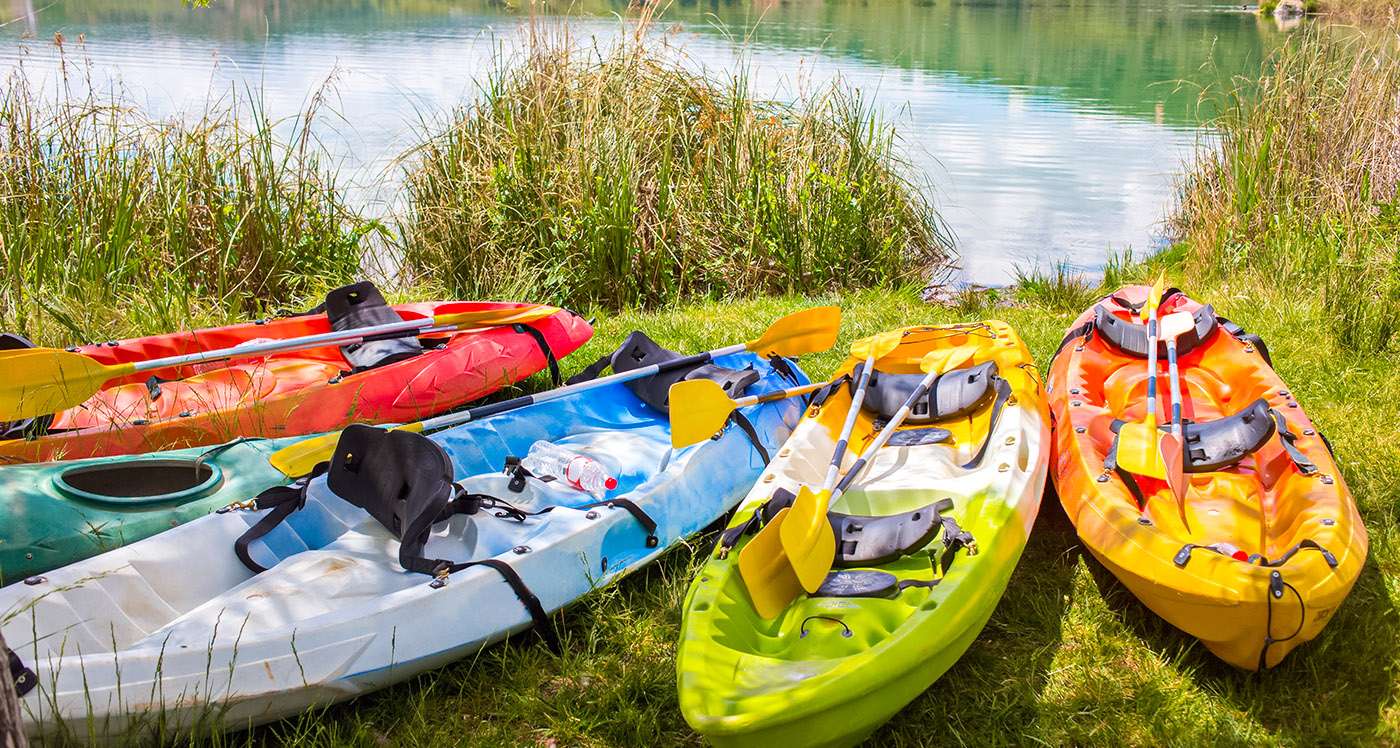Surf any kayaking forum and you’ll find one of the most commonly asked questions to be: “What is the best way to ship a kayak?” The following are some suggestions. Keep in mind that rules, regulations, and business practices are constantly changing in the shipping industry, especially since the terrorist attacks of September 11. And before you decide who to ship with, be sure to call the company to confirm details.
General Information
Shipping companies consider both size and weight. Kayaks are very large for their weight, so their size is the controlling aspect of the shipping cost. Shippers use the term “dimensional weight” to derive an equivalent weight that takes the excess size into account. The formula is ((Length x Width x Height) / 194). For example, a 7.5 foot long, 24 inch wide, 12 inch high kayak would be ((90 x 24 x 12) / 194) = 134 “pounds” dimensional weight.
A great way to save money is to have the sender deliver the kayak to the company’s terminal instead of having their truck come pick it up. Likewise, the receiver should pick up the kayak from the destination terminal rather than have a truck deliver it to a home or office.
FAA regulations for cargo on passenger aircraft require that airlines inspect the inside of your kayak prior to shipping. If you wrap your kayak for shipment (and you should), leave one end unwrapped and bring along the tape gun.
Currently, the best ground choice is Pilot Air. Forward Air is a good second choice, with FreightQuote a strong third. The best air choice is Southwest.
However, you can always transport a kayak on the roof of your car or on the roof of your pickup truck.
1. Pilot Freight Services
Pilot Freight Services is a freight forwarder, a company that works with a variety of truck, rail, and aircraft companies to move packages around the country. You tell them what you want to ship and how fast it needs to get there, and they tell you the options and associated prices. Pilot Freight Services has their own nationwide fleet of trucks, so if you ship by ground your kayak will probably never leave their direct possession (unlike other trucking companies which transfer cargo depending upon geographic region).
You can track shipments on https://www.pilotdelivers.com/, which also lists their local offices. Pilot Air has many more offices around the U.S. than Forward Air, and their prices are similarly low.
2. Forward Air
Despite their name, Forward Air is actually a trucking company. They will generally get a kayak across the country in five to seven business days, and they have a great reputation in the kayaking industry. The downside is that they don’t have terminals in every city. Check https://www.forwardair.com/ for terminal locations. If the source and destination cities have Forward Air service, call their 800-number to get a quote. They’ll give you an ID number, which you can then use on the paperwork when you take the kayak to the source terminal.
The folks on the 800-number may claim that you have to crate or otherwise package your kayak. Thank them and simply wrap your kayak in heavy bubble pack, heavy plastic wrap, or both. The folks at the source terminal have the last word; if they accept a package into the system, it will get delivered. Package the kayak in a way you can convince them it won’t get damaged and you shouldn’t have any trouble.
3. FreightQuote
FreightQuote is similar to Pilot Air. They have relationships with many different shipping companies, and can “dial in” the speed (and cost) based on your requirements. Normally you have to sign up via www.freightquote.com even if you want to get a phone quote.
4. Other Trucking Companies
Other trucking companies such as USF Freightways, Yellow, and BestWay will also take kayaks. Their fees will almost always be higher than Pilot Freight Services or Forward Air, sometimes two to three times as expensive.
5. Southwest Airlines
Southwest’s cargo department is happy to ship kayaks. However, Southwest doesn’t fly everywhere. You must confirm that they have service in both the source and destination cities.
6. Other Commercial Airlines
Most commercial passenger airlines will now ship a kayak as cargo, though it’s more expensive than Southwest. Airlines that will ship kayaks as cargo include Southwest (see above), Alaska, Delta, Northwest, and United. Obtain a quote from each and take your pick.
7. Federal Express
FedEx Ground would be a great way to ship, but their size restrictions make virtually all kayaks too large. This pushes you into their “Small Package Service”, part of their air division, which despite the name will take an eight foot kayak.
8. Greyhound, Amtrak, UPS, etc.
Greyhound’s maximum length for cargo is 74 inches – too short.
Amtrak’s maximum cargo size is 4×5 feet, also too short, and they require packages that size to be pallet mounted.
UPS has a maximum “Length + Girth” of 108 inches. A 7.5 foot kayak has a L+G measurement of approximately 162 inches, so most kayaks aren’t accepted by UPS.
Some refuse kayaks, but will take surfboards and other items, which can be larger, or heavier, or more fragile than kayaks. Some people claim to have shipped kayaks by “misrepresenting” what’s inside “all that bubble pack”, but I worry about making an insurance claim if something gets damaged along the way. Lying could be grounds for denying your claim.
Always Get a Tracking Number
No matter which carrier you use, ALWAYS get a tracking number. This is your gold key to interacting with the shipping company once they have your kayak. Most websites will permit you to track a shipment if you have the tracking number; worst case, you can call their 800-number and have them do it manually. Providing the tracking number to the other end of your transaction is also a nice gesture since it lets the buyer track it independently.
Last modified: March 31, 2022



